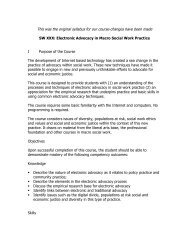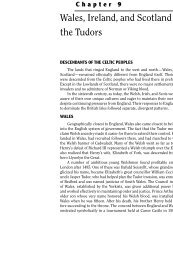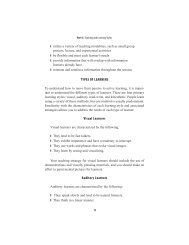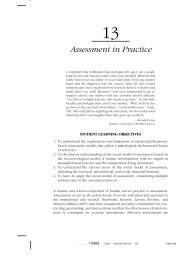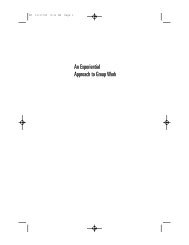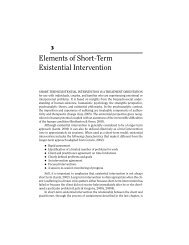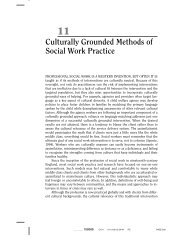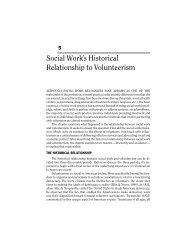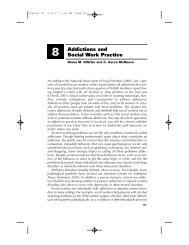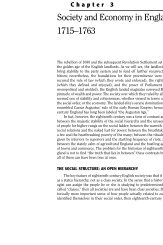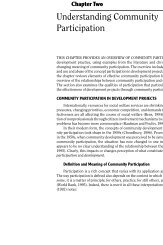Chapter 6 Medieval British Society, 1066–1485 - Lyceum Books
Chapter 6 Medieval British Society, 1066–1485 - Lyceum Books
Chapter 6 Medieval British Society, 1066–1485 - Lyceum Books
You also want an ePaper? Increase the reach of your titles
YUMPU automatically turns print PDFs into web optimized ePapers that Google loves.
142 Part II Norman Britain<br />
thought during its fi nal fl ourishing in the fourteenth century. Often criticized as<br />
an arid intellectual exercise with scant relationship to real life, scholasticism at its<br />
best did stretch the horizons of the human mind and provide a tightly reasoned<br />
intellectual framework for Christian belief.<br />
Legal studies also became institutionalized during the later Middle Ages, not in<br />
the universities but in the Inns of Court. These foundations sprang up in London,<br />
near the royal courts of justice, during the late fourteenth and early fi fteenth centuries.<br />
Practicing lawyers had chambers in the four great Inns (Gray’s Inn, the Inner<br />
and Middle Temples, and Lincoln’s Inn). Students were able to take meals with<br />
them, attend lectures, and assist barristers in their work. By the end of the Middle<br />
Ages the Inns of Court really constituted a third, specialized university. Like Oxford<br />
and Cambridge they retain many of their early traditions even today.<br />
The three ancient universities of Scotland—St. Andrews, Glasgow, and Aberdeen—were<br />
founded during the fi fteenth century. A few Scottish students were<br />
also drawn to Balliol College, Oxford (as the college’s name suggests). Wales had no<br />
university, though a number of Welshmen went to Oxford. Surprisingly, Ireland had<br />
no university until Trinity College, Dublin, was established in 1592. There had been<br />
an attempt to found a university in Dublin during the early fourteenth century, but<br />
it came to nothing.<br />
Chaucer and the English Language<br />
Linguistic developments in the fourteenth century are of crucial importance in<br />
the history of the English tongue. During the fi rst three centuries after the Norman<br />
Conquest, English was little used as a written language. The church kept its records<br />
in Latin, and the Chancery, the law courts, and Parliament used French—often a<br />
bastardized form, sometimes called “law French.” Not until the second half of the<br />
fourteenth century was English recognized as a serious literary language, in no way<br />
inferior to French or Latin.<br />
The language in use during the later Middle Ages is referred to as Middle English.<br />
Although it is not easy for twenty-fi rst-century students to read, since it includes<br />
both vocabulary and word forms that are different from our own, it is the<br />
direct ancestor of modern English.<br />
More than any other single person, Geoffrey Chaucer may be credited with<br />
establishing the position of Middle English. Chaucer was a major fi gure in politics<br />
as well as literature. The son of a London wine merchant, he received patronage<br />
and government offi ce from Edward III, Richard II, John of Gaunt, and Henry IV;<br />
he served abroad as an ambassador and at home as a fi nancial administrator and<br />
member of Parliament. The most famous of his several writings, and the one most<br />
important in the formation of the English language, was the Canterbury Tales,<br />
completed about 1390. Here Chaucer used the form of English spoken in London,<br />
which came to dominate the dialects common in other parts of the country. The<br />
tales of the individual pilgrims making their way to the shrine of St. Thomas Becket



